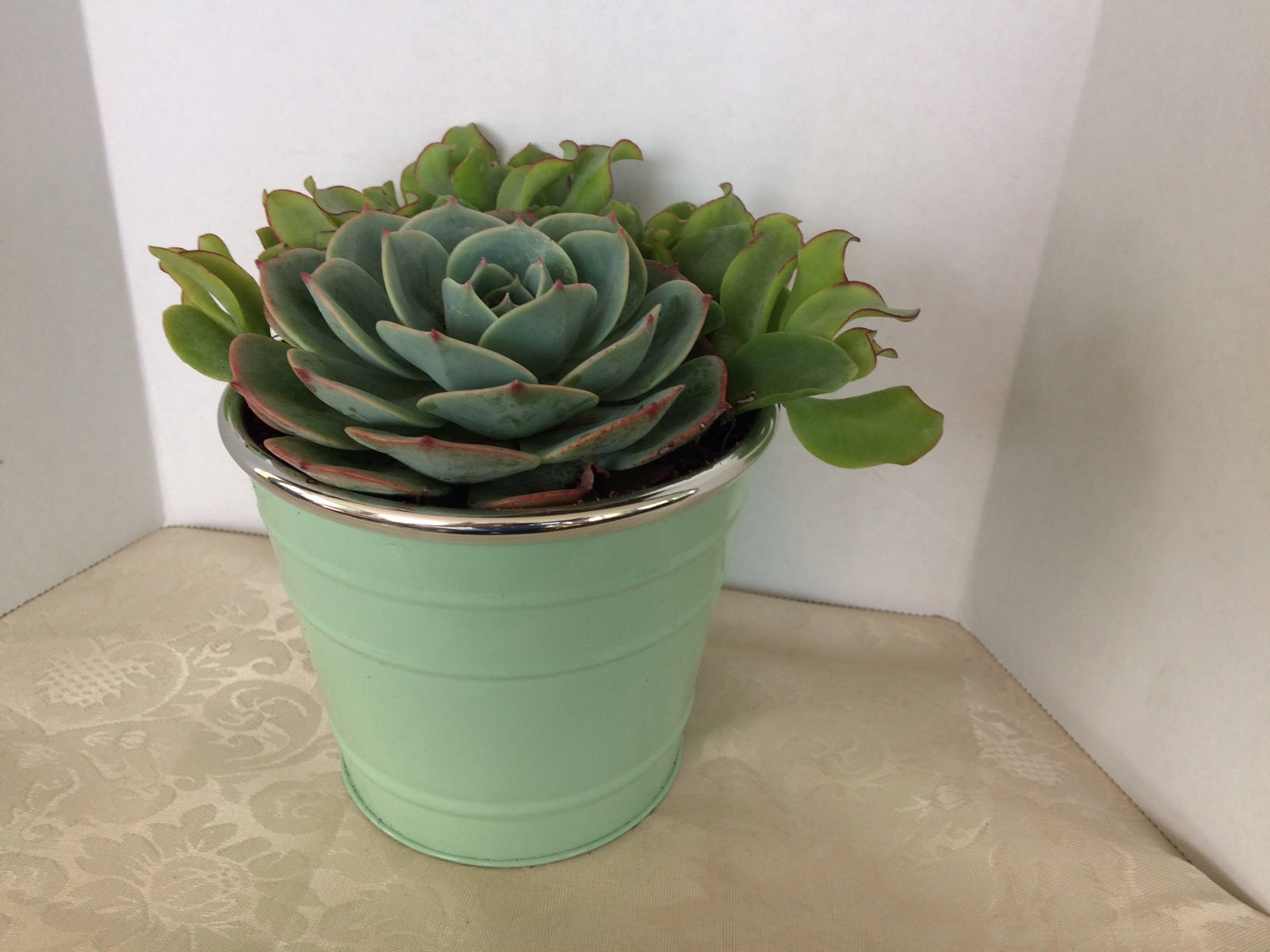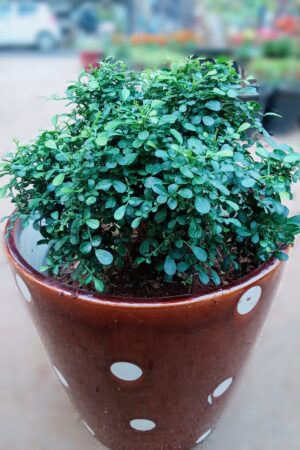Plant Description
- Appearance: Echeverias are characterized by their rosettes of thick, fleshy leaves that can vary in color, size, and shape. Some common colors include shades of green, blue-green, gray, pink, purple, and red. The leaves can be smooth, spiky, or ruffled, depending on the species or cultivar.
- Size: The size of Echeveria plants can vary significantly, with some species growing compact and others becoming larger rosettes or even branching plants. The size will depend on the specific Echeveria variety you have.
- Light Requirements: Echeverias thrive in bright, indirect light. They can tolerate some direct sunlight but should be protected from intense, hot sun, which can lead to leaf damage.
Fertilizer
- Echeverias don’t require frequent fertilization, but you can use a balanced, liquid succulent fertilizer to promote their health and growth.
- During the growing season (spring and summer), dilute the fertilizer to half strength and apply it every 4-6 weeks.
- Watering: Echeverias are drought-tolerant succulents. Allow the soil to dry out completely between watering. Water sparingly, and be cautious not to overwater, as too much moisture can lead to root rot.
- Soil: Use a well-draining succulent or cactus mix for Echeverias to ensure proper drainage and prevent waterlogged soil.
Accessories
Here are some accessories and care tips for your Echeveria succulent:
-
- Well-draining pot or container: Use a pot with drainage holes to prevent excess moisture from accumulating in the soil.
- Saucer: Place a saucer under the pot to catch any excess water that drains out, and empty the saucer promptly to prevent the plant’s roots from sitting in standing water.
- Sunlight exposure: Ensure your Echeveria receives the appropriate amount of sunlight to maintain its healthy appearance and vibrant coloration. Rotate the pot periodically to promote even growth.





Reviews
There are no reviews yet.